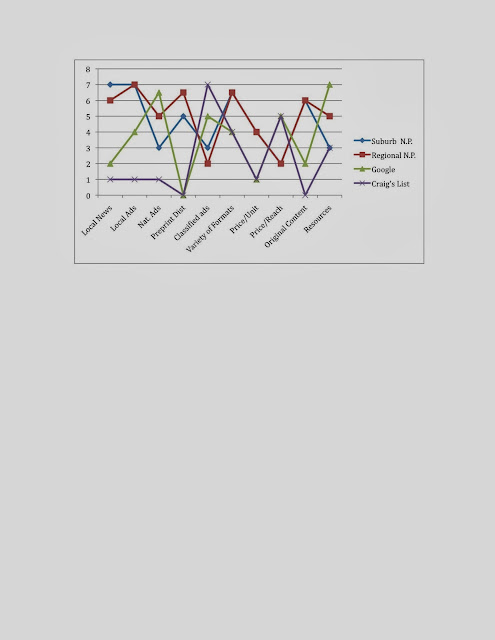A Strategic Marketing Planning Tool

Over the years the leading marketing and management thinkers have developed theories that look for answers as to why companies failed after enjoying a period of tremendous success. Theodore Levitt attributed failures to the leaders of these companies being myopic and defining their business mission too narrowly. For example, railroads considering themselves as being in the railroad business rather than the transportation business was myopic and prevented them from entering into air transportation, shipping and trucking. Clayton Christensen developed the theories on disruptive innovations and suggested that, over time, industry-leading companies continued developing product enhancements that were driven by the most demanding and profitable customers. As a result a significant portion of customers not wanting or needing all of the product enhancements were vulnerable to attack from new companies offering less expensiv
